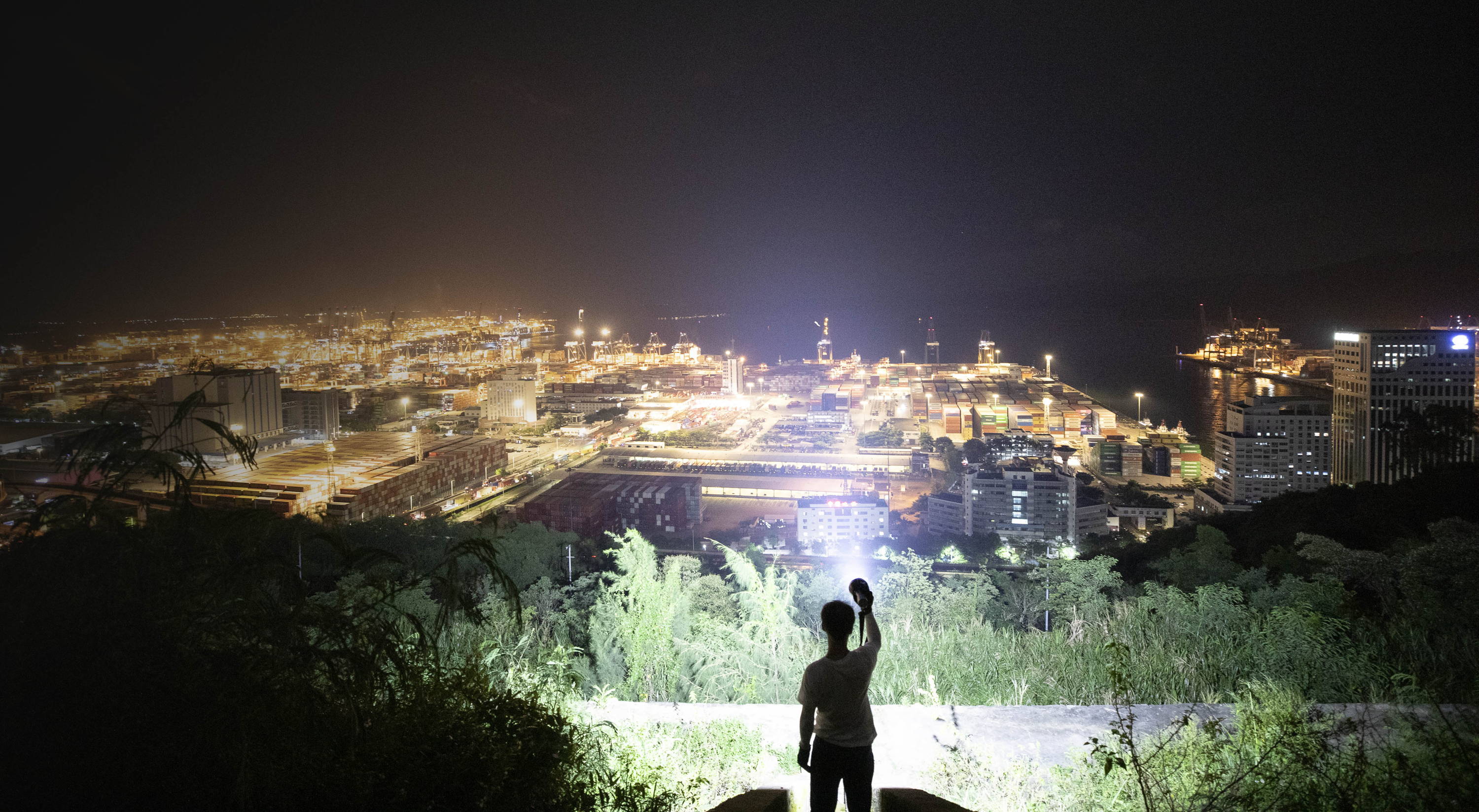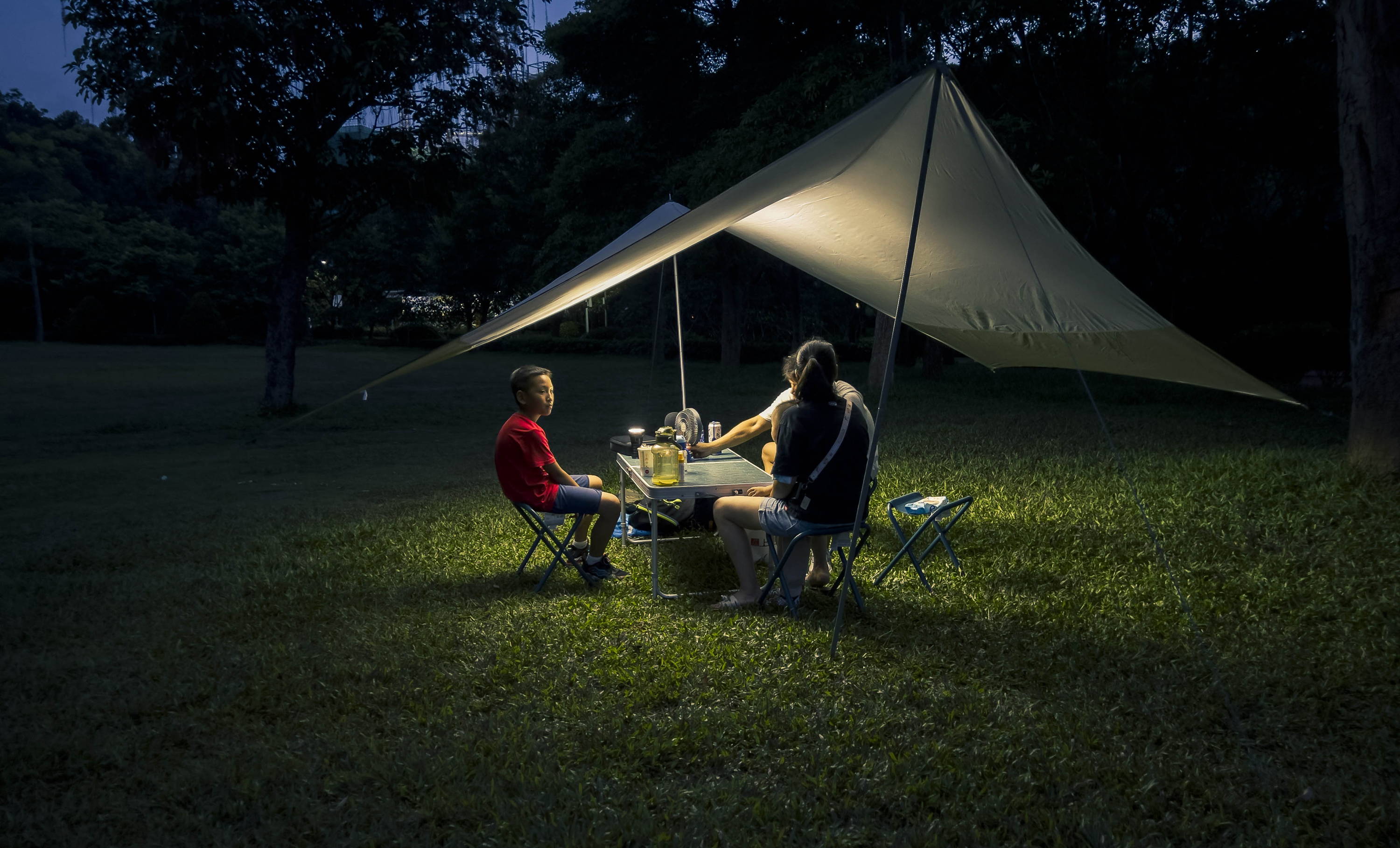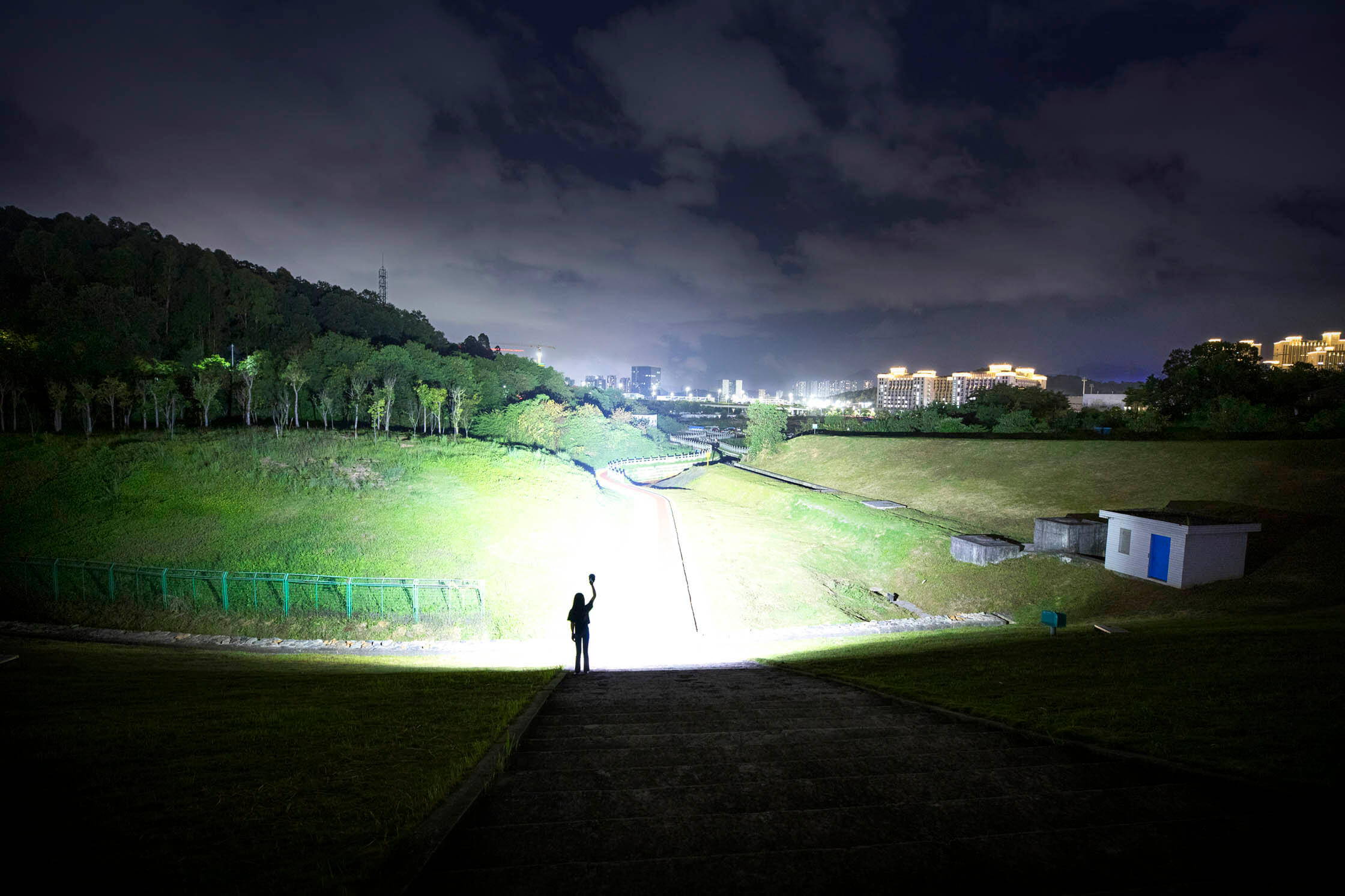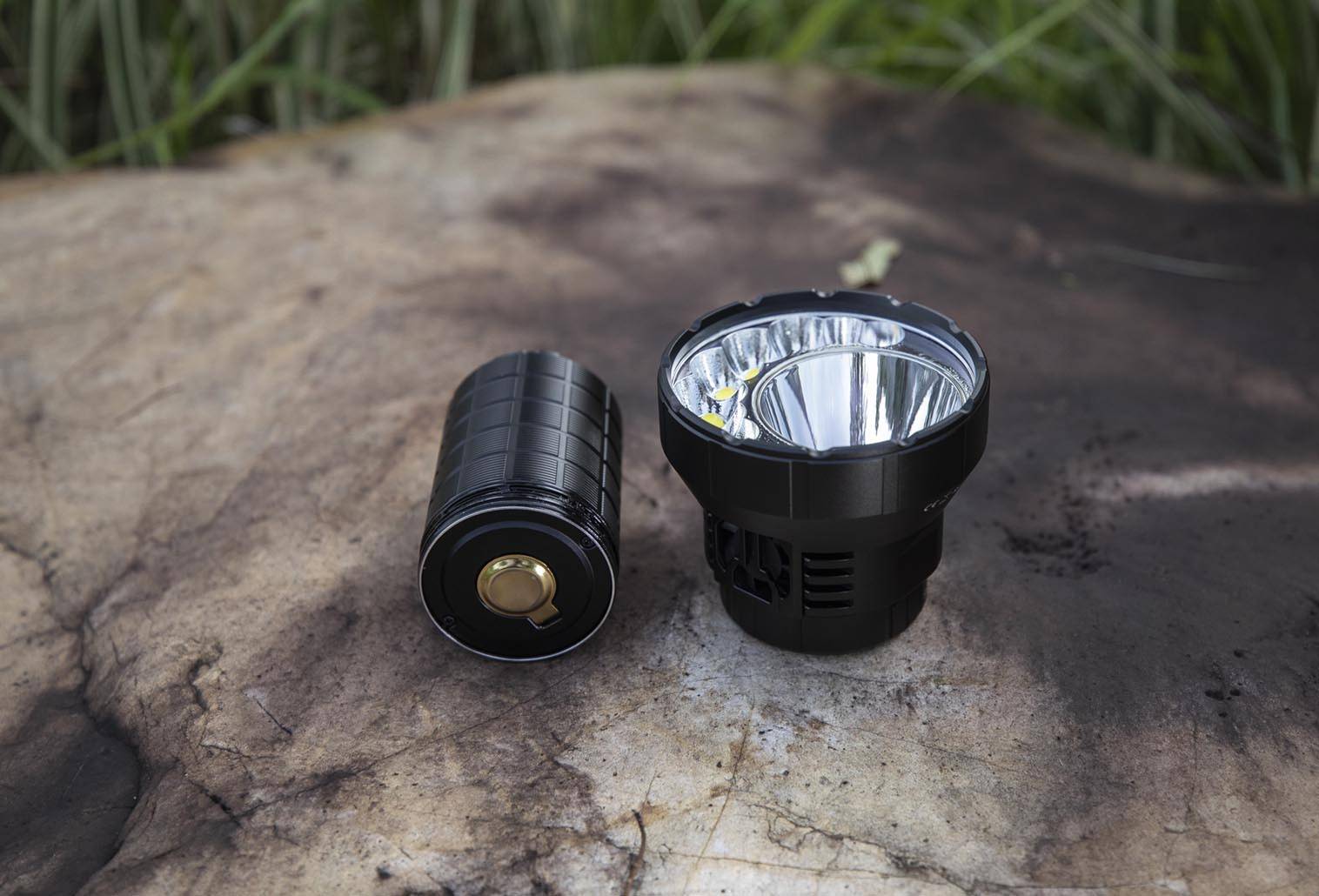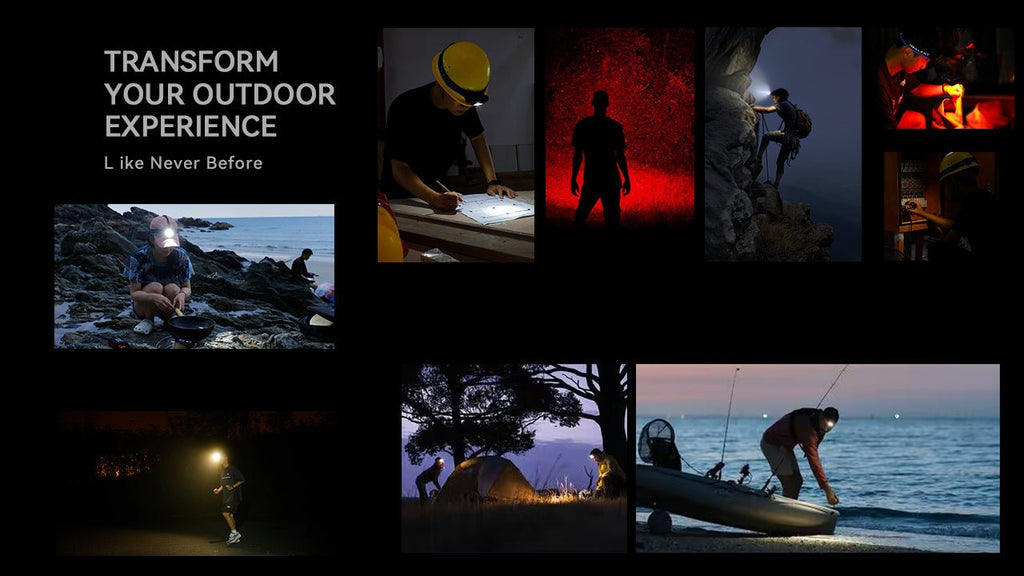No Products in the Cart
I bought this as a second battery to carry as a spare as a back up.
Easily and quickly charged and long lasting power. Good design especially when you can charge it independently from the flashlight.
To anyone who is in a country that hasn’t yet received your flashlight I say this : you are going to love love love this incredible piece of engineering and design. The item is so beautifully designed and crafted, it has 4 incredible functions and is (in my honest opinion) light years ahead of anything else out there that is currently available in the world of flashlights. I’m an avid collector of flashlights both from Imalent and dare I say it on here OLight and Surefire. No one else has created all 4 functional lights into one item. I’ve read the other comments and whilst I appreciate them it is my honest opinion based on my experience that this beautiful piece of art (I call it that because frankly it is!) far exceeds my expectations both in terms of functionality, build design quality (and materials) brightness on the main light , excellent uv performance, quality of laser and the blue and red flashing lights which are literally hidden / incorporated into the body of the flashlight (ingenious design!) , the charging case and the overall feel and weight are supreme. All this at a ridiculously low price to the consumer! Honestly guys you are going to be so happy and so impressed! I’m excited for you! To team imalent well done on making this awesome project come to life. I bought /backed two pieces. One I’m keeping and one I’m gifting to a dear friend. How can I buy some more? It makes the perfect gift and at sub £100 it’s a complete no brainer in my opinion. The gift of light is the most beautiful gift of all. I can’t wait to read more comments from my fellow backers about your thoughts and your experiences with this unique flashlight. 🔦
I’ve managed to order two more kits! I didn’t realise that the offer was still live! Excellent stuff! 🔦🌞🔦
This light is great. Exactly as described. It literally turns night into day on turbo mode. Obviously gets hot so lock it out when done using. This light has been a lot of fun and I highly recommend it if you need some serious light right away. Imalent is a great company with excellent service. You won’t be disappointed.

